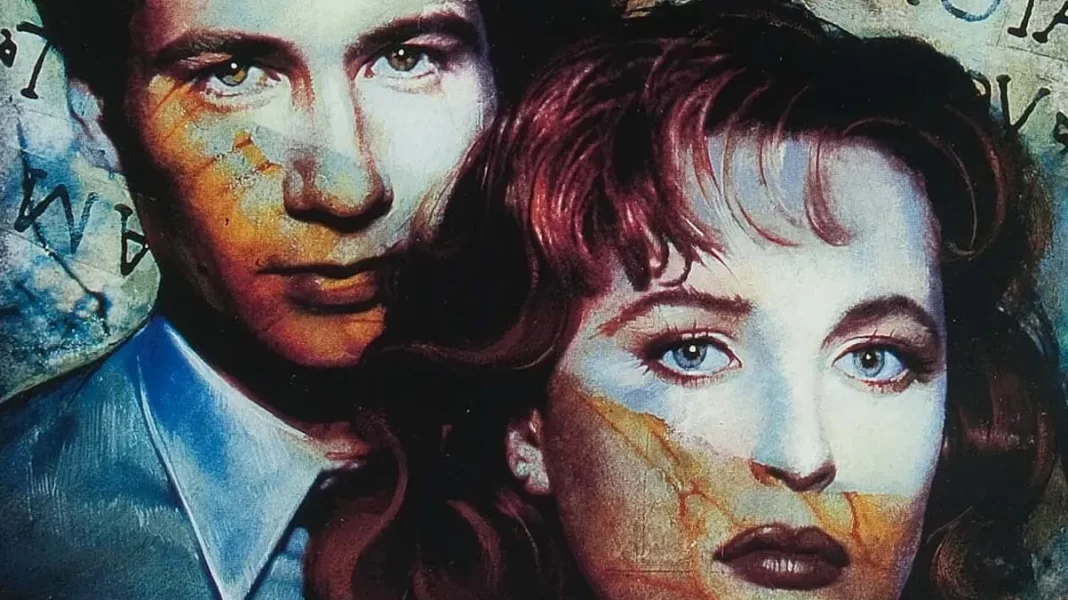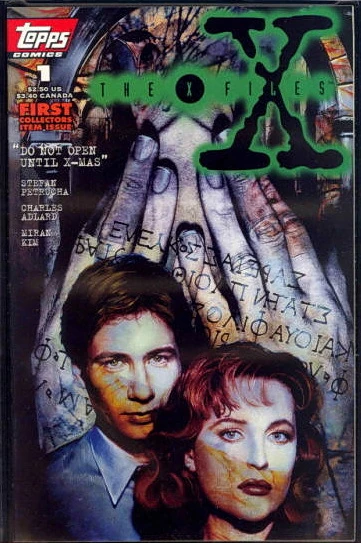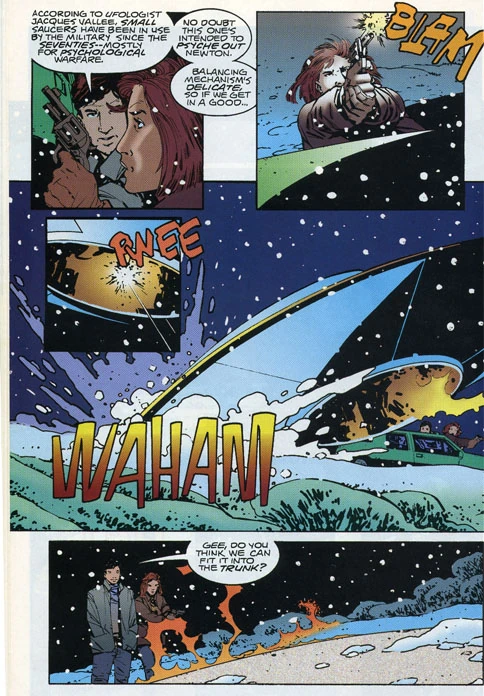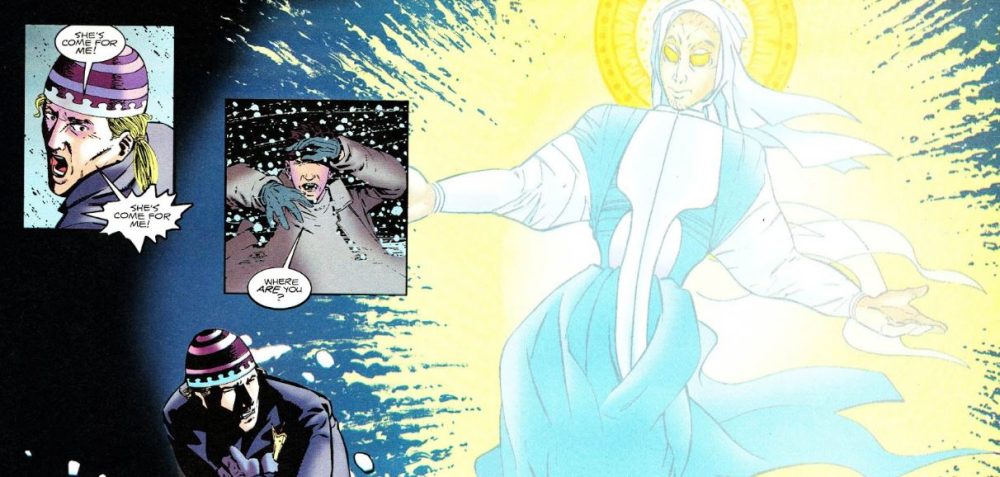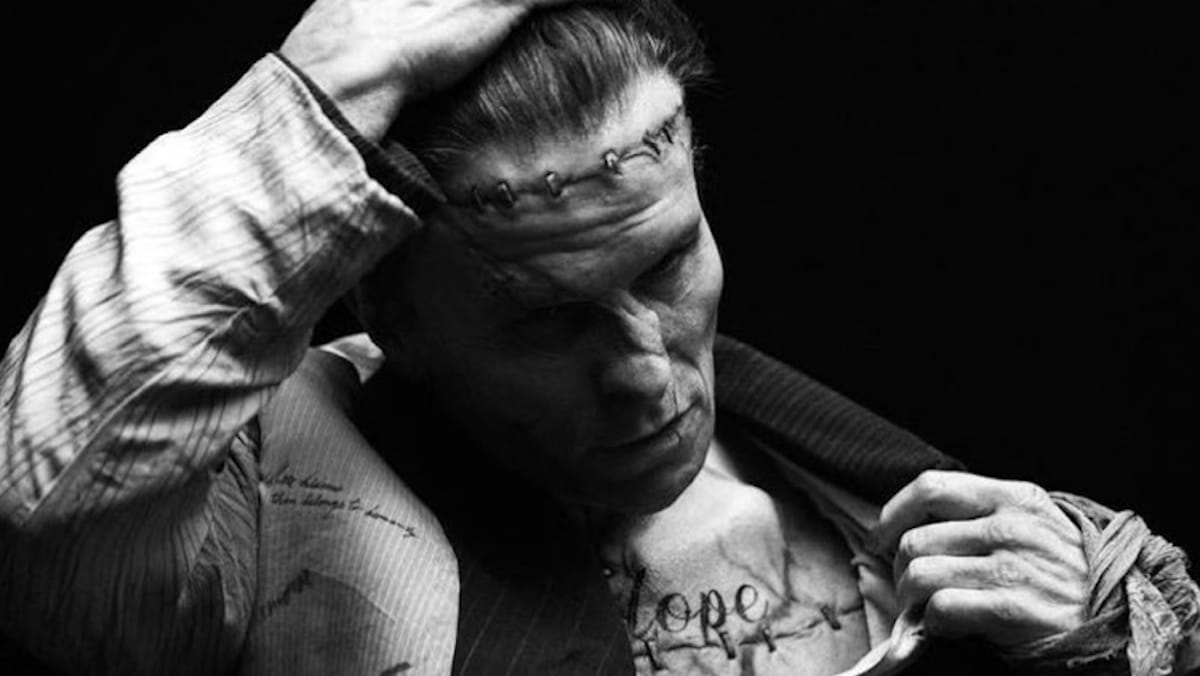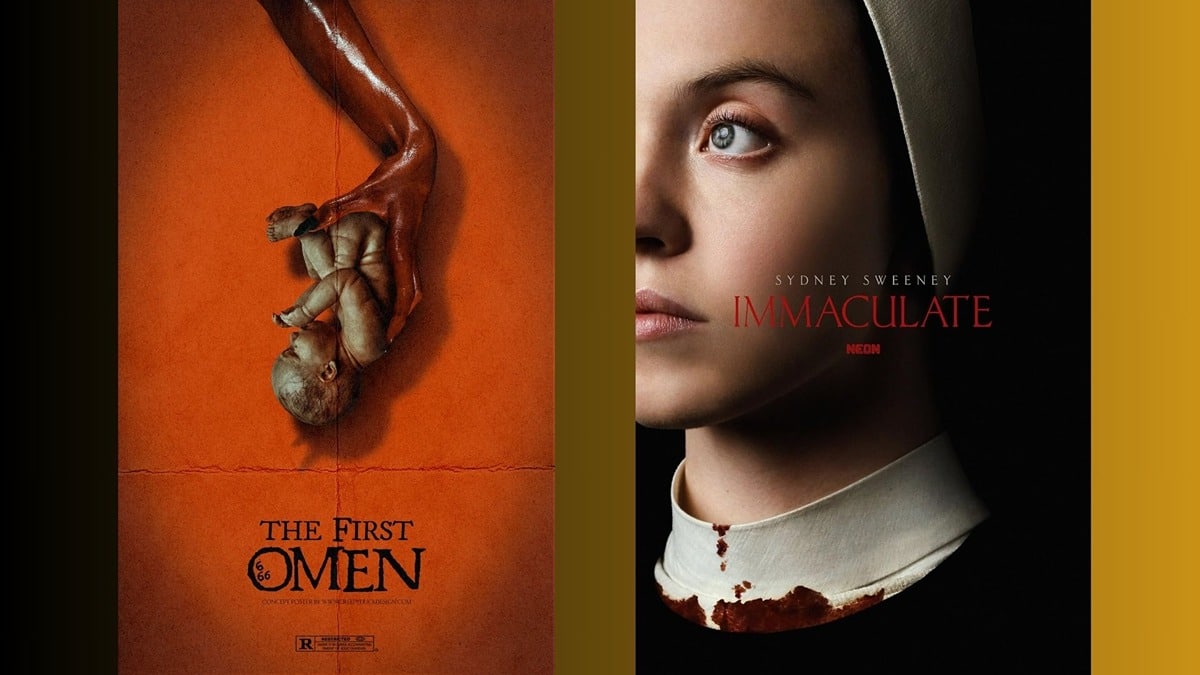For Nineties kids, The X-Files was their Twilight Zone. It was their home for the weird and the terrifying, guided by two FBI investigators that would become the voices of a generation that was starting to question everything from ghosts to UFOs (it was also the time of Dark Skies and Unsolved Mysteries, though the latter premiered in 1987).
An expansion into the world of comics, then, was a no-brainer. People just couldn’t get enough of sci-fi and horror in any medium thanks to the show’s popularity. Topps Comics indulged this need and published the series, which ran from 1995-98 and coincided with seasons 2-5 of the televised original.
The very first issue of this X-Files comic book series, titled “Not To Be Opened Until Christmas,” might be one of the best stories in the franchise, featuring a unique blend of UFO mystery and religious secrets that taps into the kind of disturbing conspiracy horror the show did so exceptionally well.
Written by Stefan Petrucha and illustrated by Charlie Adlard, the story opens with the bizarre suicide of a man in Brooklyn after he confesses to stealing something no one should ever have access to. Whatever he stole is tied to a secret inner government that’s out to take possession of the item while also involving the Vatican and a series of prophecies that came from a religious entity that might or might not have been alien in nature.
As always, Mulder and Scully find themselves in the middle of it all tasked with investigating the death of the man with as little information as impossible other than a story regarding a cult and a series of sky-light sightings that led to certain fragments of privileged information being bestowed upon those who witnessed it.
Petrucha’s scripting is tight and expertly paced, capturing the feel of both atmosphere and character building that gave the series its signature identity. Mulder’s curiosity and Scully’s skepticism are in full display in their interactions, and they carry the same rhythm that made the pair so compelling to watch. Not a single discussion is taken for granted. They’re smart and inquisitive, and they pose a challenge to audiences as answers aren’t necessarily propped up to give any character an argumentative edge over the other.
X-Files always presented its stories in dark tones and dread-filled scenarios that rounded out the show’s look and feel. Adlard shows he understands the world of X-Files quite well, in this regard. While neither Mulder’s or Scully’s likenesses are picture-perfect, their facial expressions capture their personalities accurately. They capture their essence. Adlard’s expertise with body language and expression (the same kind that would go on to shape The Walking Dead comic later on) is very present here and it keeps things recognizable for fans of the show.
The comic’s first X-Files case, though, is perhaps both its biggest surprise and its most clever innovation. The show experimented with different kinds of genres throughout its run, mixing and matching tropes and ideas to great effect. Interestingly enough, religion and extraterrestrials were usually kept separate. You either got a supernatural episode that explored Mulder’s or Scully’s take on faith, or you got UFOs and aliens with deep state agendas. “Not to be Opened Until Christmas” upends that for a story that takes the best from both worlds and ramps up the horror.
Petrucha and Adlard’s careful use of religious imagery, such as dark lit Vatican offices and Virgin Mary iconography, coupled with saucers and blinding lights hovering over pitch black skies gives X-Files #1 a terrifying vibe that the show could’ve explored further by indulging both worlds simultaneously. In one of the comic’s most disturbing sequences, an alien descends from its saucer dressed like the Virgin Mary for a visual that surely found its way to many a reader’s nightmares.
The religious item that started off the entire thing also helps further cement the connection between the religious and the extraterrestrial. It’s a letter containing reality-shattering information that looks more like a textual relic from the Vatican’s past than a high-tech device only aliens could come up with. It’s all put together nicely and coated with a sense of mystery that allows more horror into science fiction and vice versa. This alone warrants seeking out the issue and giving it a read. It’s some of the best X-Files out there.
Some stories survive on the strength of their foundational concepts. X-Files #1 is one such story. Petrucha and Adlard combined for one of the most intriguing cases in the franchise’s archives. It actually puts forth a compelling argument for the existence of more shows, comics, and movies that mix UFOs and religion. There’s a lot of untapped horror in that well. Church and Aliens have a lot to give when it comes to challenging extents of the unknown and the possibility of truth in all of it.


